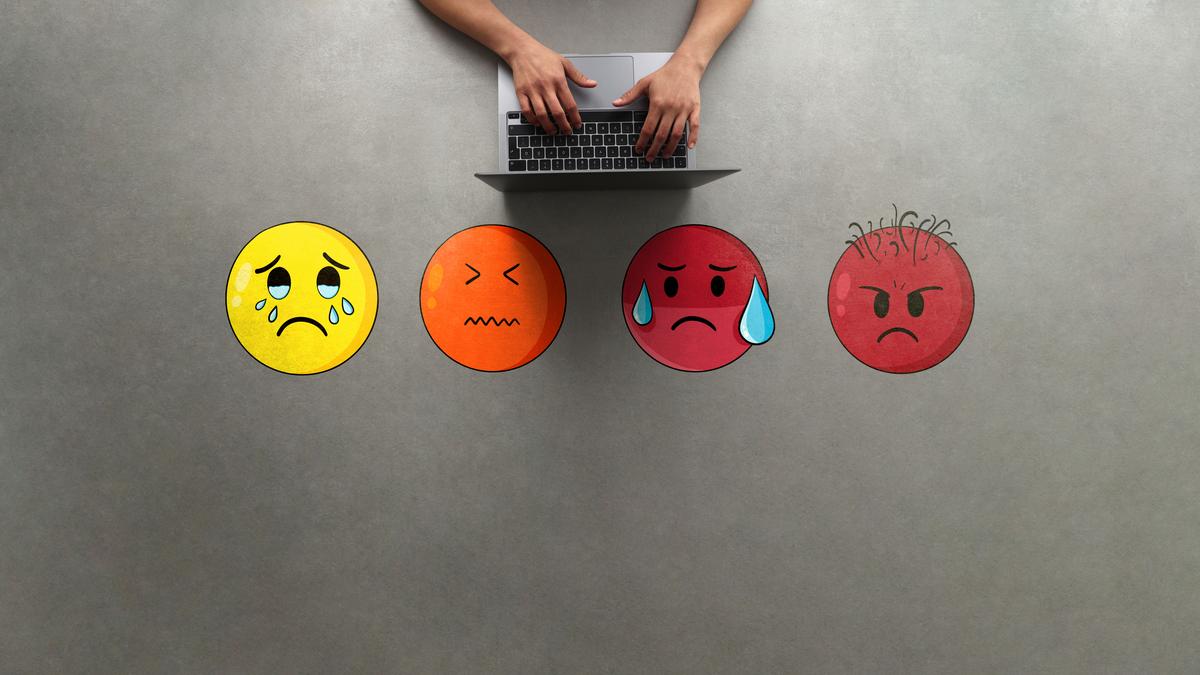The shift from traditional writing to emoji-heavy communication may lead young people to mistakenly believe that their skills are universally acceptable.
| Photo Credit: Getty Images/iStockphoto
The rise of information technology has revolutionised communication, making it faster, easier, and more affordable. Traditional forms of written communication, such as inland letters and telegrams, have largely fallen out of use, replaced by digital alternatives such as emails and SMS, and messaging apps such as WhatsApp and Instagram.
However, navigating the digital world requires a thorough understanding of the tools at our disposal. Emojis are one such tool.
When cellphones first became widespread, they introduced the short messaging service (SMS), limited to a few words. This service became popular for its convenience and cost-effectiveness, but it also constrained our communication skills, pushing us to abbreviate words — thank you became ‘TY,’ for instance. Emojis soon emerged as a new visual form of communication, further altering how we express ourselves.
While emojis have gained popularity as efficient and expressive symbols, their widespread use has come at a cost. They have led to a decline in the use of formal communication techniques, particularly among millennials who often prioritise digital literacy over other forms of communication. However, it is crucial to recognise that digital literacy is just one aspect of effective communication, not a replacement for it. The younger generation must understand that relying solely on digital tools, such as emojis, can be misleading when it comes to developing strong writing skills.
The true test of digital communication skills lies in the ability to use these symbols to convey complex emotions and ideas accurately. Yet, in academic and professional settings, over-reliance on visual communication can be problematic. The shift from traditional writing to emoji-heavy communication may lead young people to mistakenly believe that their skills are universally acceptable, potentially threatening the richness of languages and cultures. We are already witnessing a trend toward “emojified” writing among the younger generation.
The language of emojis is inadequate for understanding complex narratives or analysing the deeper meanings of words in context. It is time for society to acknowledge this concern and take action.
sk.sandur@gmail.com
Published – October 06, 2024 03:16 am IST
